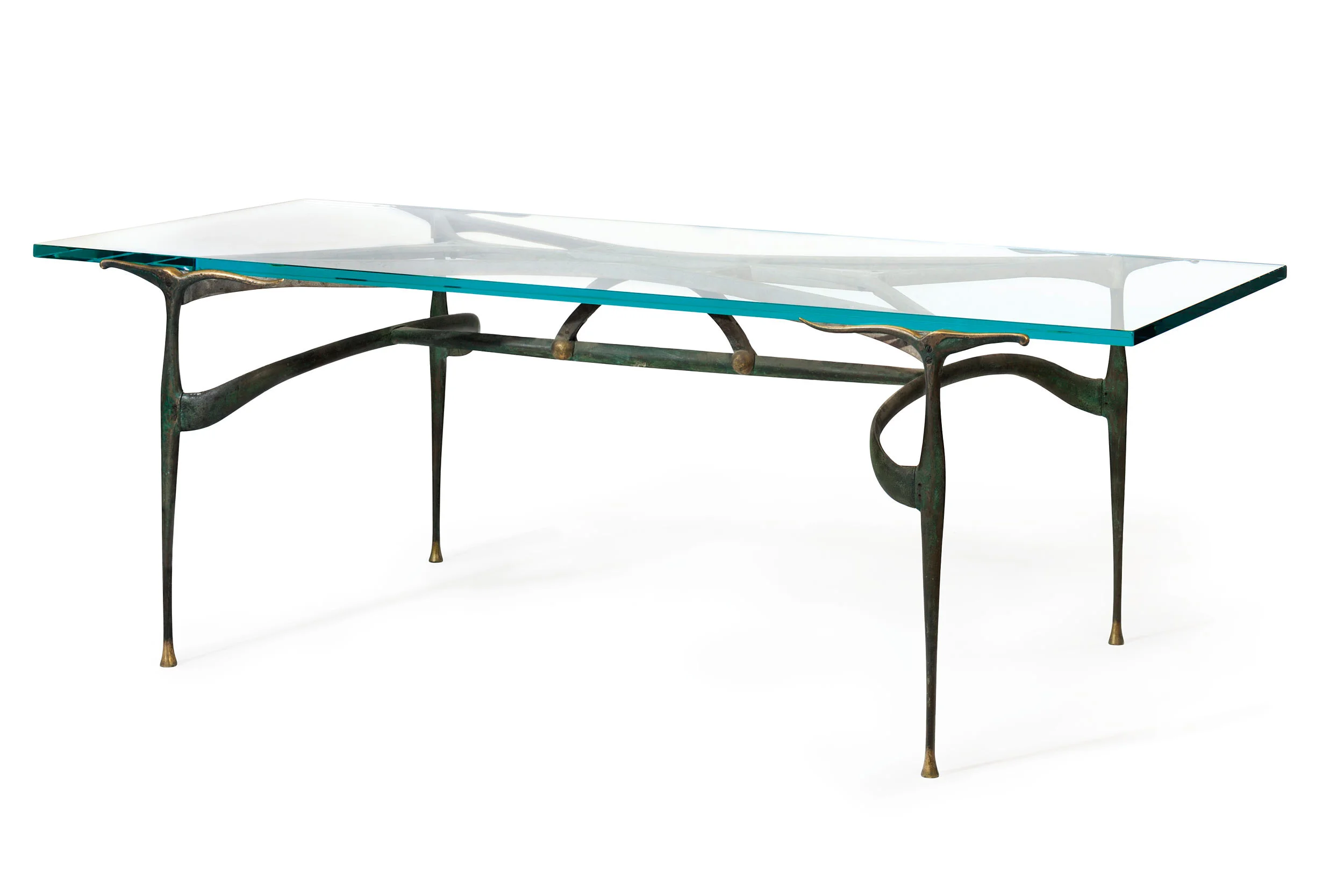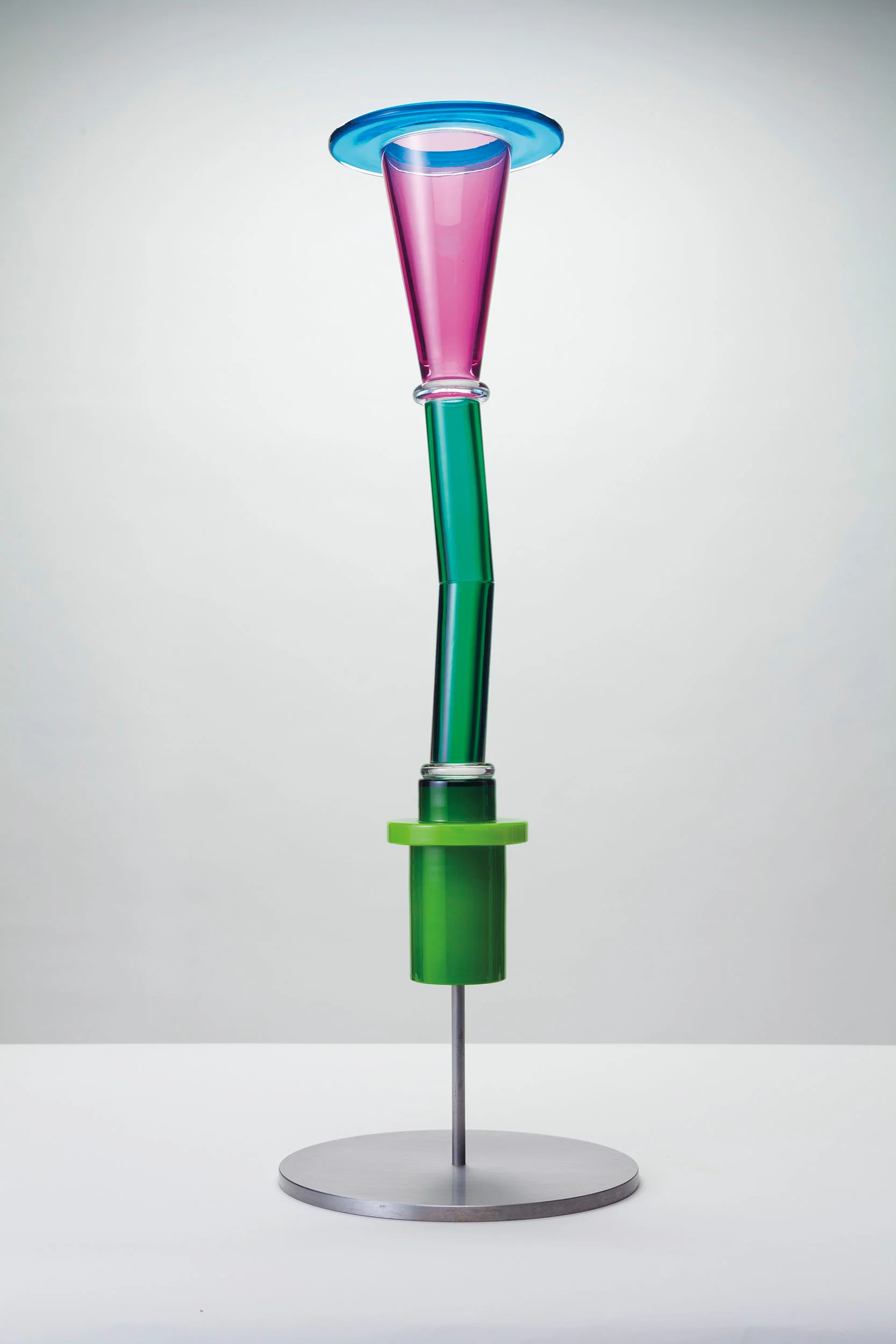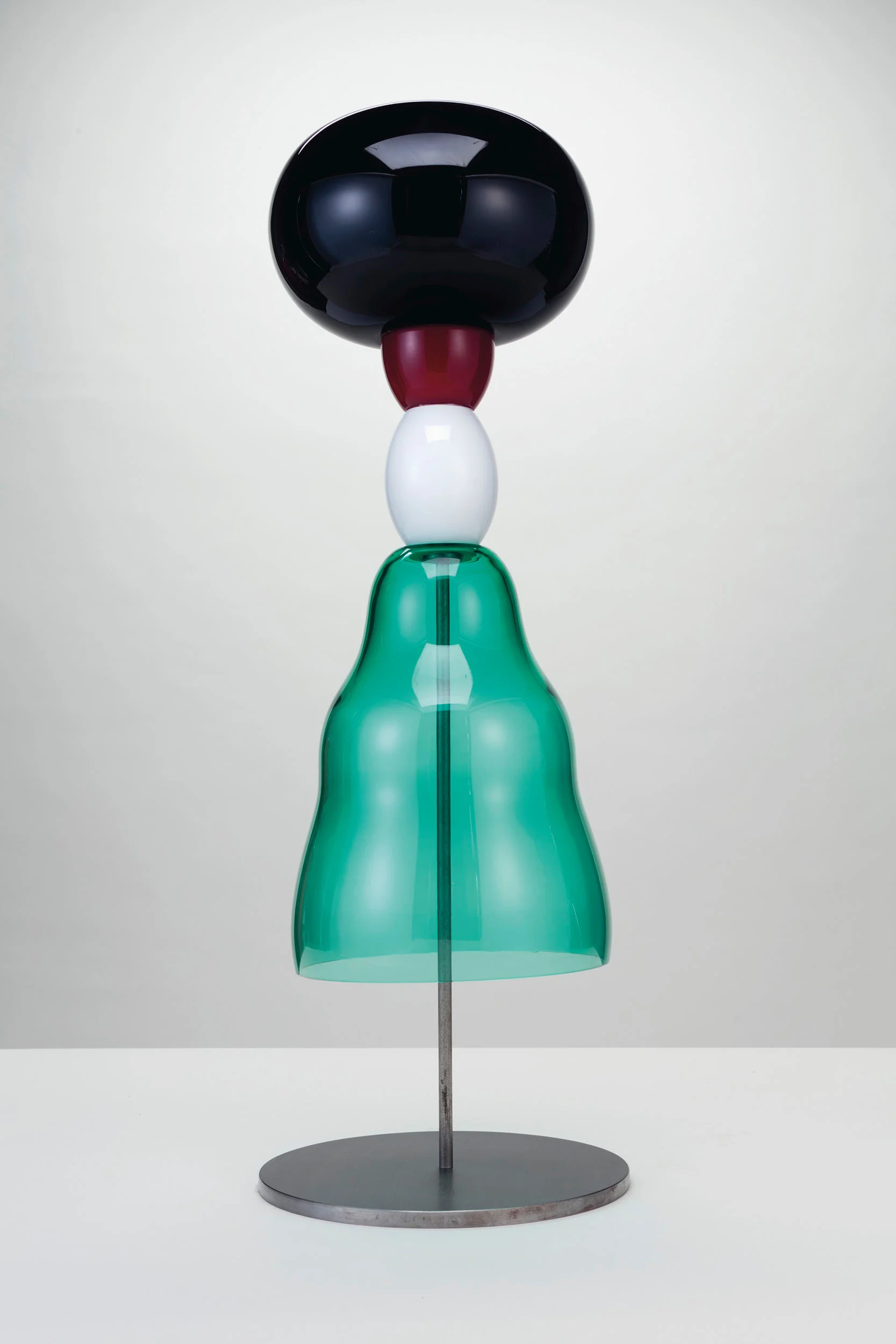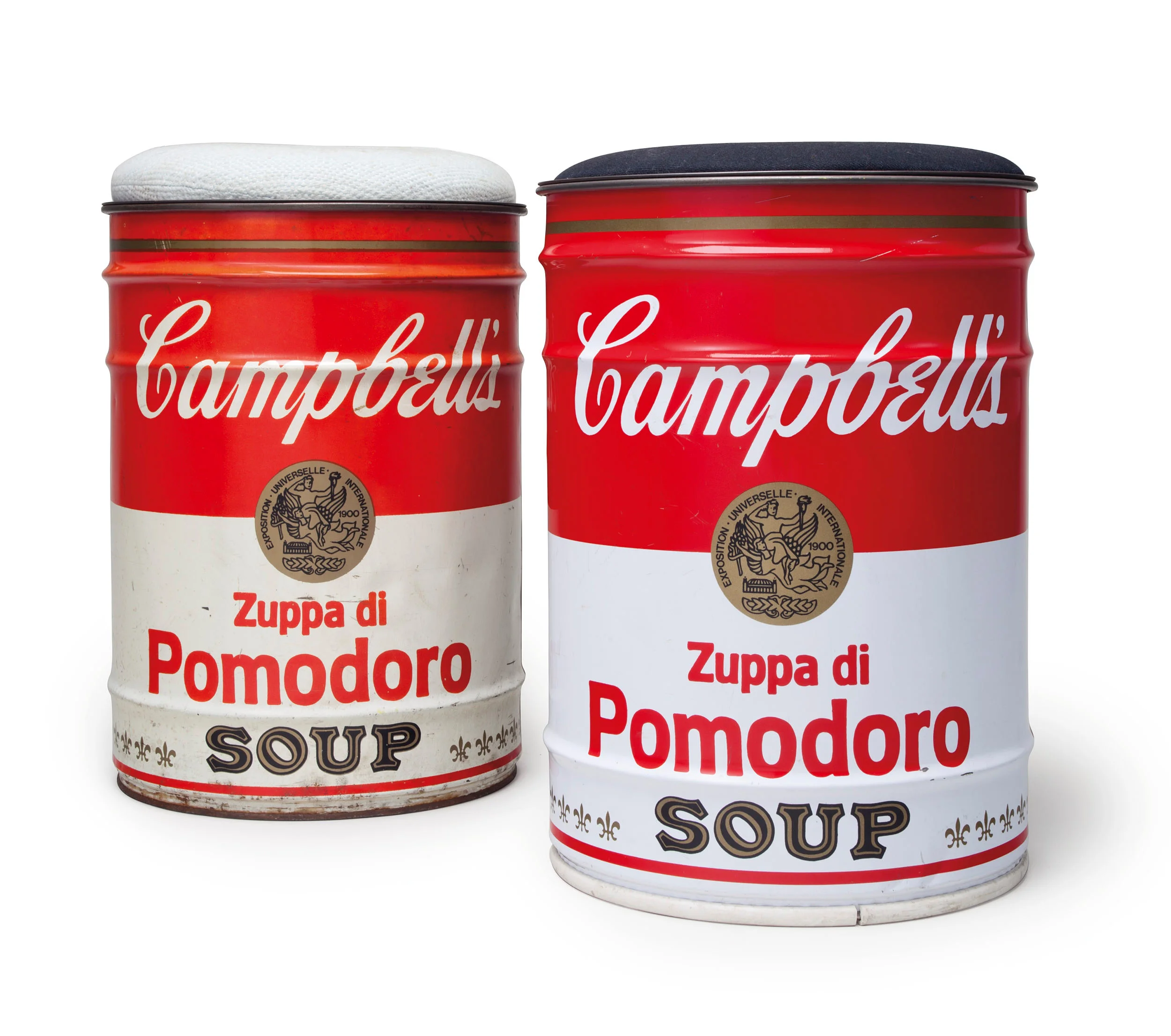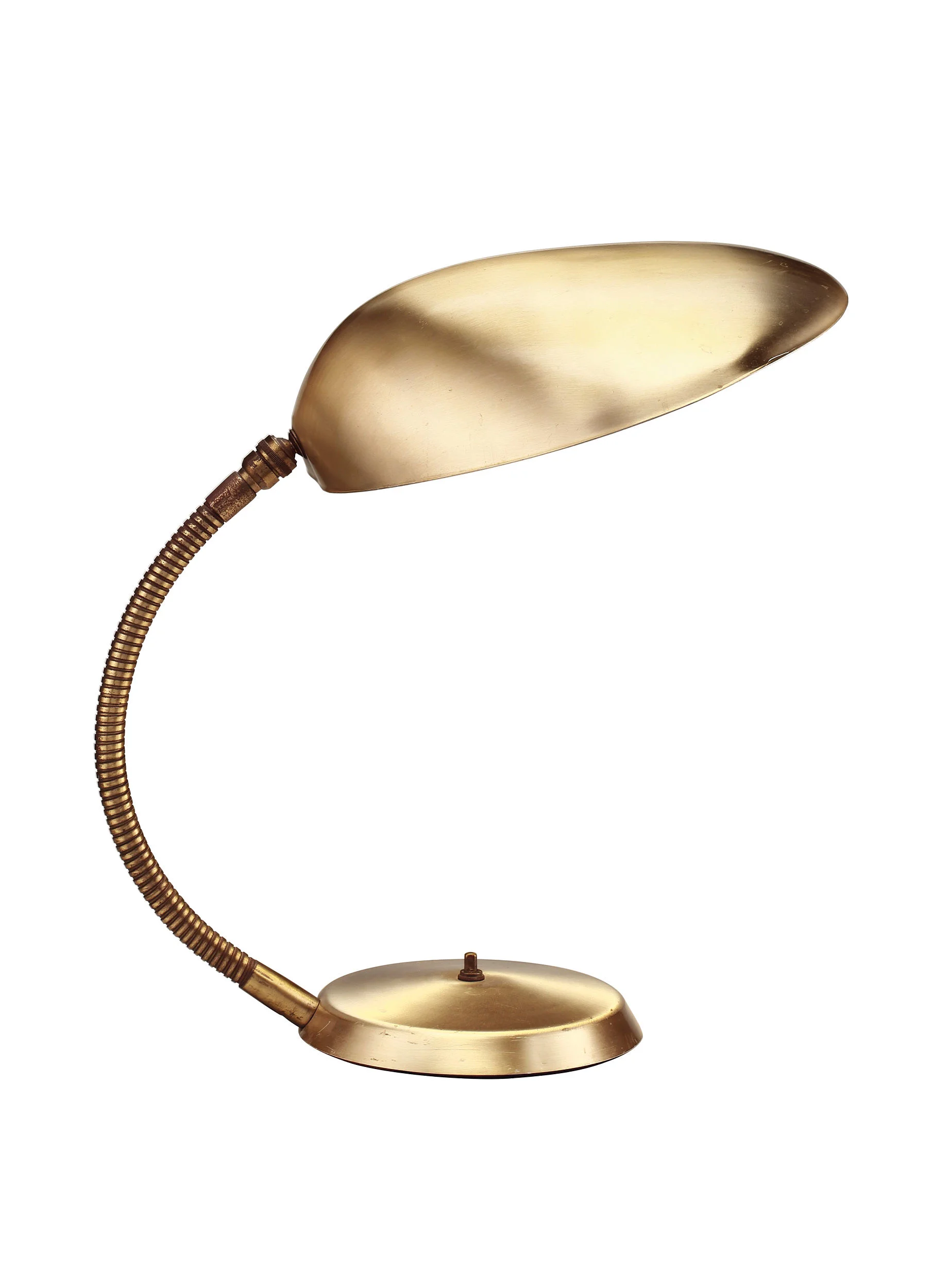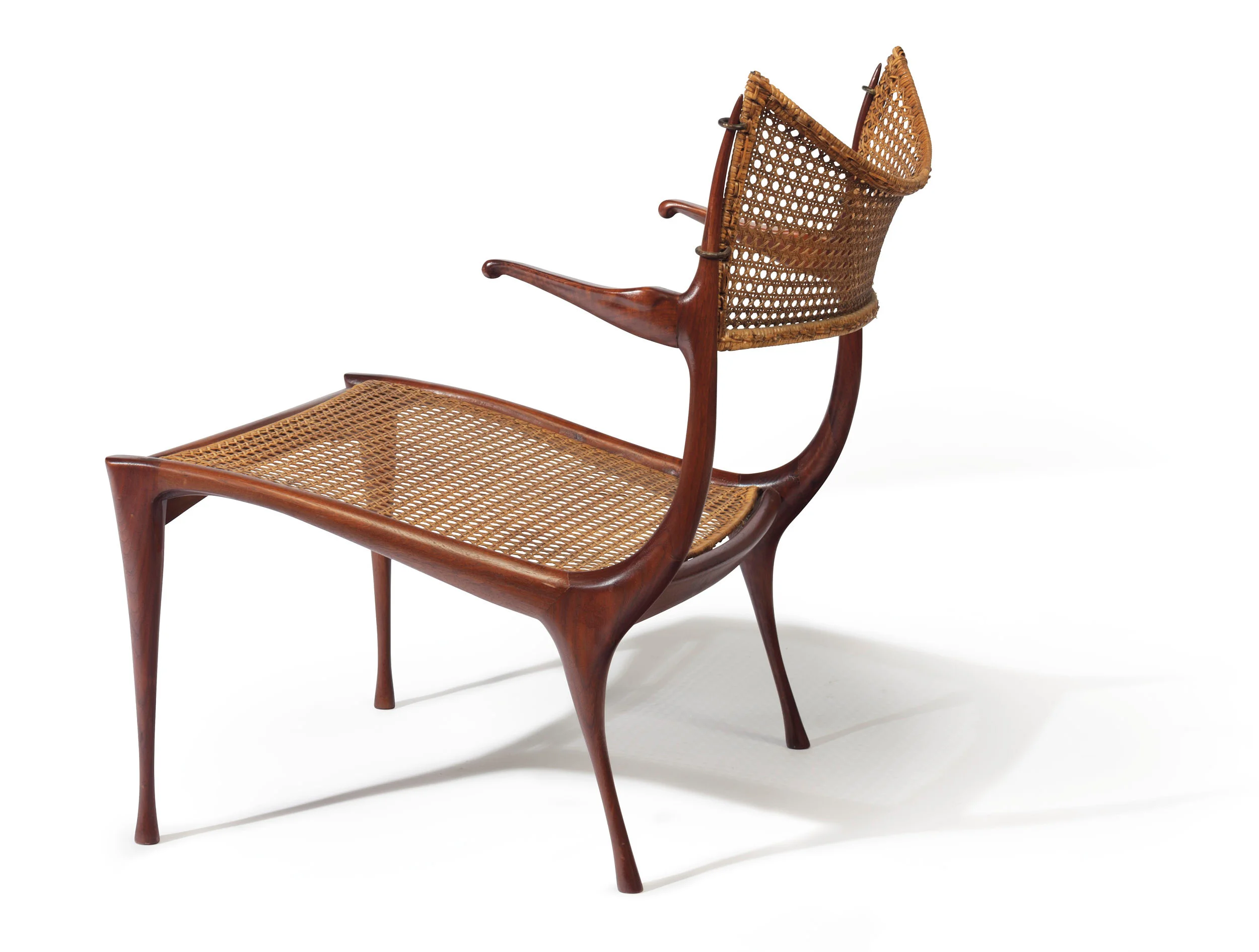A Brainy Condition of Compulsive Accumulation ⏤ In Interview with Curator Joel Chen
Matthew Donaldson, who directed a short film on Joel Chen for Nowness, anointed him as ‘The go-to guy for celebrities, set designers, interior decorators and ladies who lunch for antiques.’ A doyen of objects d’art, Mr Chen is sought-out for his expertise and inimitable collections of old world antiques, modernist furniture and contemporary décor, as well as his shows featuring emerging artists. Whether it’s an ancient scholar’s stone from the East, a Charlotte Perriand bench or a stool by Max Lamb, their aesthetics’ harmoniously blend under his alchemical touch.
From a small lot where he first set up shop on Melrose Avenue more than thirty-five years ago, to the three, extensive warehouses JF Chen now operates from, Mr Chen has maintained a strong sense of adventure and an irreverence and enthusiasm in his voracious love of beauty. The adventure began in the Shanghai and Hong Kong of his youth and continued in Britain where he attended high school. But it was in Los Angeles when he was forbidden to enter an antiques shop that the owner declared as ‘trade only’, that he decided to set up his own in silent rebuke. As a novice, he learned his trade through his compulsive curiosity; imbibing wisdom from the established purveyors of his neighbourhood and through his mistakes ‘buying junk’.
As I speak to Mr. Chen, he is at Christie’s auction house in New York on Monday February 12th, the day before pieces of his famed collection are about to be sold to seekers of the treasures of his insatiable eye. The online auction has already begun, and Mr. Chen is here to attend a party at the Rockefeller Centre, in honour of the hammer falling for his pieces. Our conversation is interrupted with salutations from Christie’s staff members, and Mr Chen graciously fields us both.
Much of your childhood was spent in colonial Hong Kong, what are your strongest memories of this time?
My childhood began in Shanghai, where there were major revolutions going on at the time during the switch to Communism. I was born right in the midst of it. My Dad escaped from Shanghai on smuggled boats off to Macau. For close to two years, my sister, my mother and I had to pretend and forge documents that he was sick and dying, so that we could visit Hong Kong to meet him, but we had to promise to come back. This was in 1954. We had the longest train ride from Shanghai, travelling through many cities, and of course we never returned. These memories were haunting and the most memorable that I can think of in my early years.
You were educated in Great Britain and Los Angeles, what did you study and did it help you with your vocation in any way?
In England I finished high school, and then I came to Los Angeles as my father had a friend there. I went to college and my major was social anthropology which was concentrated on American Indians. I studied the Navajo and one of our guest lecturers was Margaret Mead who was a major anthropologist at that time and who I will never forget. Four years of college and I’m afraid I never put that to good use. Nothing to do with my business at all.
Do you think your time spent in these different countries informed your work?
Yes, the idea of travelling and getting used to it helped. How I learned was from reading books, travelling of course, and from my fellow dealers. Even though they were ahead of me, they were nice enough to teach me, and so I snooped a lot, going to other people’s antique stores trying to learn.
Nowadays, would people be as generous with the knowledge?
Now, you’re less reliant on other people’s knowledge because of the internet, but in those days, you learned the hard way, by word of mouth. But you learn from experience, a lot of mistakes were made of course, buying the wrong things, buying fakes, such as Louis XV chairs that were not of that period. There were a lot of lessons learned over the almost forty years, and I’m still not immune to mistakes. They still happen. It’s part of the process. Going to auctions certainly helped also.
Antiques are embedded with story from the person whose made it, from all the different hands the piece goes through. I was interested to know the story that lead you to starting your trade.
I started by opening a shop knowing nothing. I went to my father after I went to an antique store as I was enamoured with all the Chinese antiques I saw there. I borrowed $6000 from the bank, and I went to Hong Kong and I shipped over a carton of pure Chinese junk. Knowing nothing, I managed to sell them. I was marginally ashamed that I bought these things so I started going to auction houses to learn. It was a struggle in the beginning – I ran negative for the longest time – but I managed.
How has your buying changed over the years?
With the advent of the internet, there’s a lot less travelling. And because now I’m established, people come to me more, and I go to them to ask for purchases. People email me and text me for items to sell and I’m always trying not to buy them but I’m still buying, and the items are up to tens of thousands already. I have advanced in age, and I should stop but, no.
You say you acquire pieces with ‘randomness and enthusiasm’ but always with a few criteria in mind, one of those is that the ‘provenance of the piece is desirable’.
Tell me about this.
They don’t necessarily come easy. But the provenance is probably the least pre-requisite that I encounter. I like to know where each piece comes from for prosperity. A lot of them come with the name, the maker’s name or the company’s name – that’s very helpful. These days you can google everything, so it’s much easier than before.
Tell me about your shift into buying contemporary artist’s work?
About fifteen years ago we started doing shows, and I love emerging young artists, principally local artists that have the same beautiful features in their art, but are not known. I find that most of them are just as beautiful as the established and the known. I love to do shows for them and every time I do a show, it’s not that there’s a profit factor, I never look at that, you just do it. And a lot of artist now have gone on, and they’re not emerging anymore and they’re not unknown anymore. A lot of known artists have come up, maybe partly thanks to me, but I’m happy to do all that.
What has been one of your most memorable shows?
We did a show with Nymphenburg, a ceramics company which has been for hundreds of years in Germany, in Munich. They operate from the Nymphenburg palace, which has beautiful grounds, and where we went for training. We did a big, 20.000 square foot show. I asked my guys to go out and find dead trees, dead twigs and leaves and put it together to reconstruct a black forest. We went to borrow hawks and birds and vultures and they flew around in my show. At that time, they were just starting the jewellery line, we were the first to show it. It’s a little dark with dogs, skulls and wings, and it was a little gothic. That was a big show for us.
Your collecting is sourced from all around the globe, but there’s a universality that you sometimes find. I’m thinking of the collection of baby Jesus dolls that you have in your home, which were found in Peru, Italy, Columbia. These were found in different countries, and yet all have an uncanny resemblance. Having looked at so many beautiful objects made by human hand from all over the world, what have you learned about our species?
That part of it is very religious. Of course, Catholicism conquered the world at one time. I learned that, religion rules. We have Buddhism that for a time was very strong in the South East even tried to melt cultures there together. No matter how constructive or destructive religion has become, all through the centuries, back to the Roman and Greek times, we have all been influenced by religion and even today we are still very much embroiled in it.
You call your ‘compulsive accumulation’ a ‘brainy condition’ in that you know the value of the object, which as you’ve said takes a lot of learning. What is your advice to young collectors these days?
Don’t be bashful, stick to your guns, and learn as you go. There are going to be mistakes after mistakes but don’t be discouraged by it. Attend auction houses, read books and google everything. Put it down in your brain and then start searching. We have really good tools now for searching, so make use of that. Establish a price and if you want to buy something, google it as I do. I’m going in too many ways, but I do it.
And I think what makes you so successful is that you don’t think too much about the economics, you think more about the aesthetics.
Well that’s what my wife says to me, exactly that. She’s involved in my company and looks at the money side and there’s a lot of things that doesn’t make sense. But I have a passion, and an enthusiasm and that’s what makes the company go. I go for it most of the time and luckily, we do survive. And I have no regrets.



